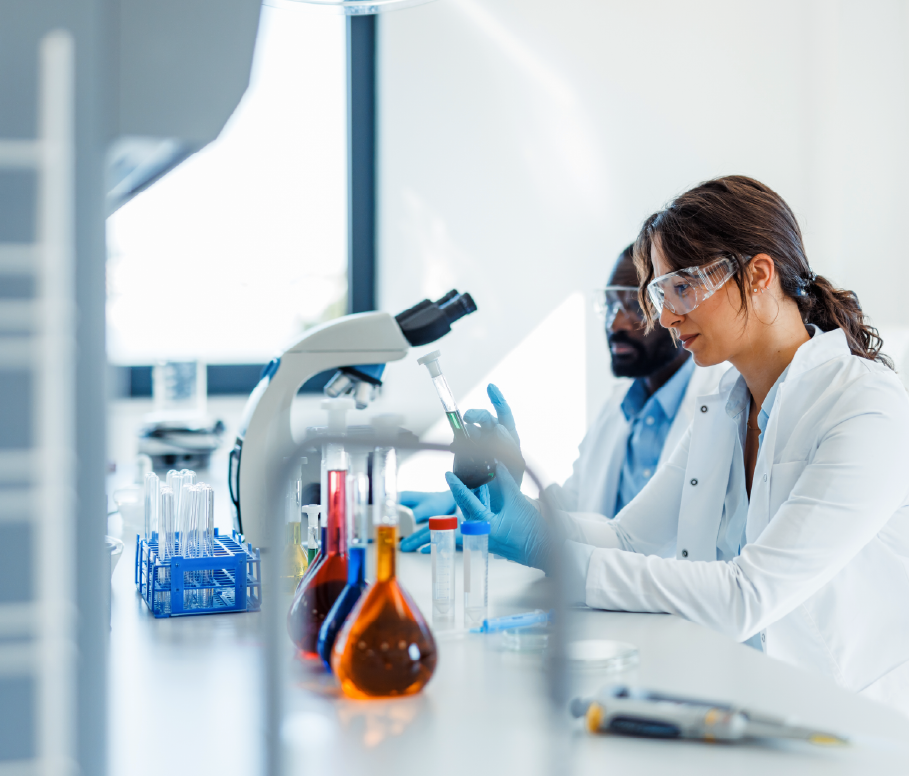This blog post is the third part of the Innovation + Collaboration series, which examines the role of collaboration in driving solutions to the COVID-19 pandemic. This post takes a closer look at collaborative efforts focused on looking for new ways to leverage existing medicines to potentially treat or prevent COVID-19.
Despite seeing a handful of nations begin to emerge from the coronavirus pandemic, many countries continue to struggle to contain the spread of the virus or are seeing a second wave of cases arise. As long as the pandemic—and its complex and far reaching consequences- continue to impact global communities, the challenge of finding treatments is an urgent need.
Thankfully, strong intellectual property (IP) systems and protections like patents have laid a strong foundation of existing medicines that have the potential for a second life—to treat or prevent COVID-19. The security that IP protections provide allows for powerful partnerships, which enable innovators and other stakeholders to join together to leverage past developments for new applications. Already we’ve seen a range of existing treatments being explored as potential therapies for COVID-19, including:
- Gilead’s remdesivir, a potential treatment for COVID-19 that has garnered large amounts of media attention, was developed more than a decade ago. Advanced understanding of the drug’s potential applications was made possible by collaborations with the National Institutes of Health, and Gilead is working with a variety of partners to make remdesivir available in countries around the world.
- GlaxoSmithKline, for example, has agreed to provide their existing adjuvant—an immune response-boosting agent that can be added to a vaccine—to various other biopharmaceutical companies that have vaccines in development.
- Similarly, Sanofi and the Biomedical Advanced Research and Development Authority (BARDA) are teaming up to use Sanofi’s existing portfolio to defeat the novel coronavirus. Utilizing their already-licensed influenza product, the biopharmaceutical company hopes to produce large amounts of coronavirus antigen for distribution with developmental and distribution assistance from BARDA.
The security that IP protections provide allows for powerful partnerships, which enable innovators and other stakeholders to join together to leverage past developments for new applications.
These are just a few examples of how stakeholders are looking to utilize existing products, technologies and processes in innovative ways to address the coronavirus crisis. The world has access to previously developed treatments thanks in large part to robust IP systems that incentivize innovation and enable collaboration around novel applications of existing products.
There is no time to waste in the search for an answer to this global pandemic. Without IP protections and collaborations the prospects for effective and expedient treatments and vaccines for COVID-19 would be much less promising. Partnerships pursuing all avenues —be it completely novel medicines or treatments that leverage the existing treatments in novel ways—are integral to ending the pandemic. These sorts of collaborations accelerate the innovations and discoveries that brings us closer to solutions for COVID-19.


